Theatres of NSW have long been a topic of heritage interest, and a number of changes to some famous ones are hitting the headlines this year. Let’s take a look at some of the state’s most renowned, interesting and longest running entertainment spaces.
By Charlotte Anlezark.
Theatres in the headlines
Roxy Theatre, Parramatta (added to the National Trust Register in 1975)
The Roxy Theatre in Parramatta was opened in February 1930 as the largest and best appointed cinema in Sydney, with 1938 seats in an opulent Spanish Renaissance themed interior that also housed the largest Christie pipe organ ever installed outside of Great Britain and Europe. The building was purchase by Hoyts in 1946, and despite the fact that in 1974 it became the second cinema in NSW to be classified by the National Trust, the building was converted into a triplex in 1976 resulting in the removal of the impressive proscenium arch. Much of the building and its interiors remains intact however and a new Development Application has recently been lodged by the owner, while the NSW Government is also finalising its own business case for the site. The National Trust recommends that the Roxy should be returned to its original configuration including the reinstatement of the original proscenium arch, stalls and stage area which were a key feature of the building’s original spectacular interior.
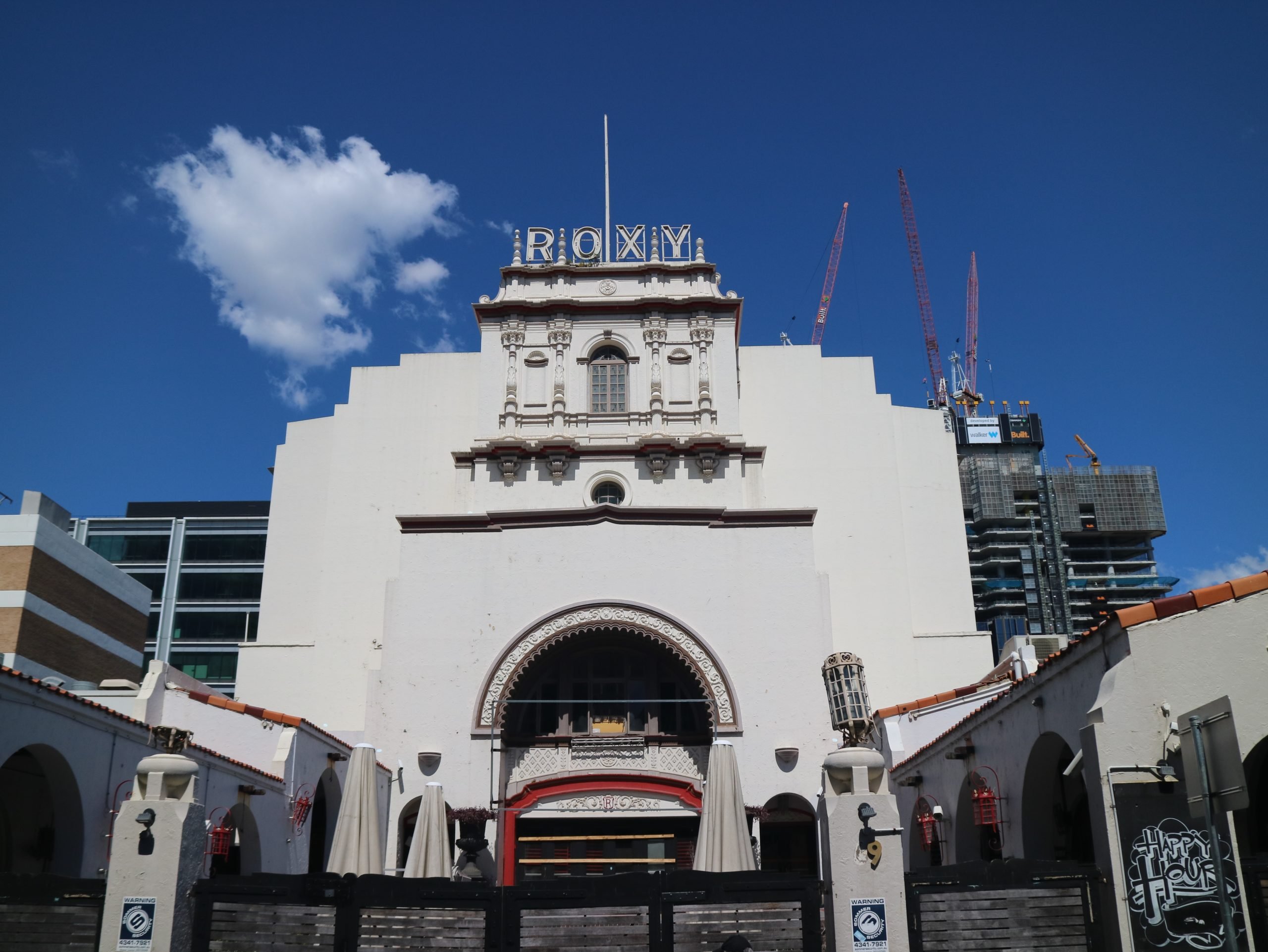
Minerva Theatre, Potts Point (added to the National Trust Register in 1976)
The Minerva Theatre was opened in 1939 as a 1000 seat theatre designed by prominent Art Deco architect Bruce Dellit, famed for the Anzac Memorial in Sydney’s Hyde Park, along with equally talented architects Guy Crick, Bruce Furse and Dudley Ward. The original designs intended to have sculptural elements by Rayner Hoff and a large internal mural in the vestibule by Norman Lindsay – the watercolour for which is owned by the National Trust. The building has had a long and colourful history including being sold to MGM in 1948 and converted to a cinema, before being returned to live theatre in 1969 when promoter Harry M Miller staged the counterculture musical Hair in 1969 starring Reg Livermore and John Waters. Recent approval of a proposed redevelopment as a hotel generated significant community outrage, with many locals and visitors alike hoping for the conservation of the site and its reinstatement for theatrical use. The theatre, still undeveloped, was recently purchased by Potts Point local Gretel Packer. The National Trust will be keeping an eye out for the future plans of this iconic entertainment venue.
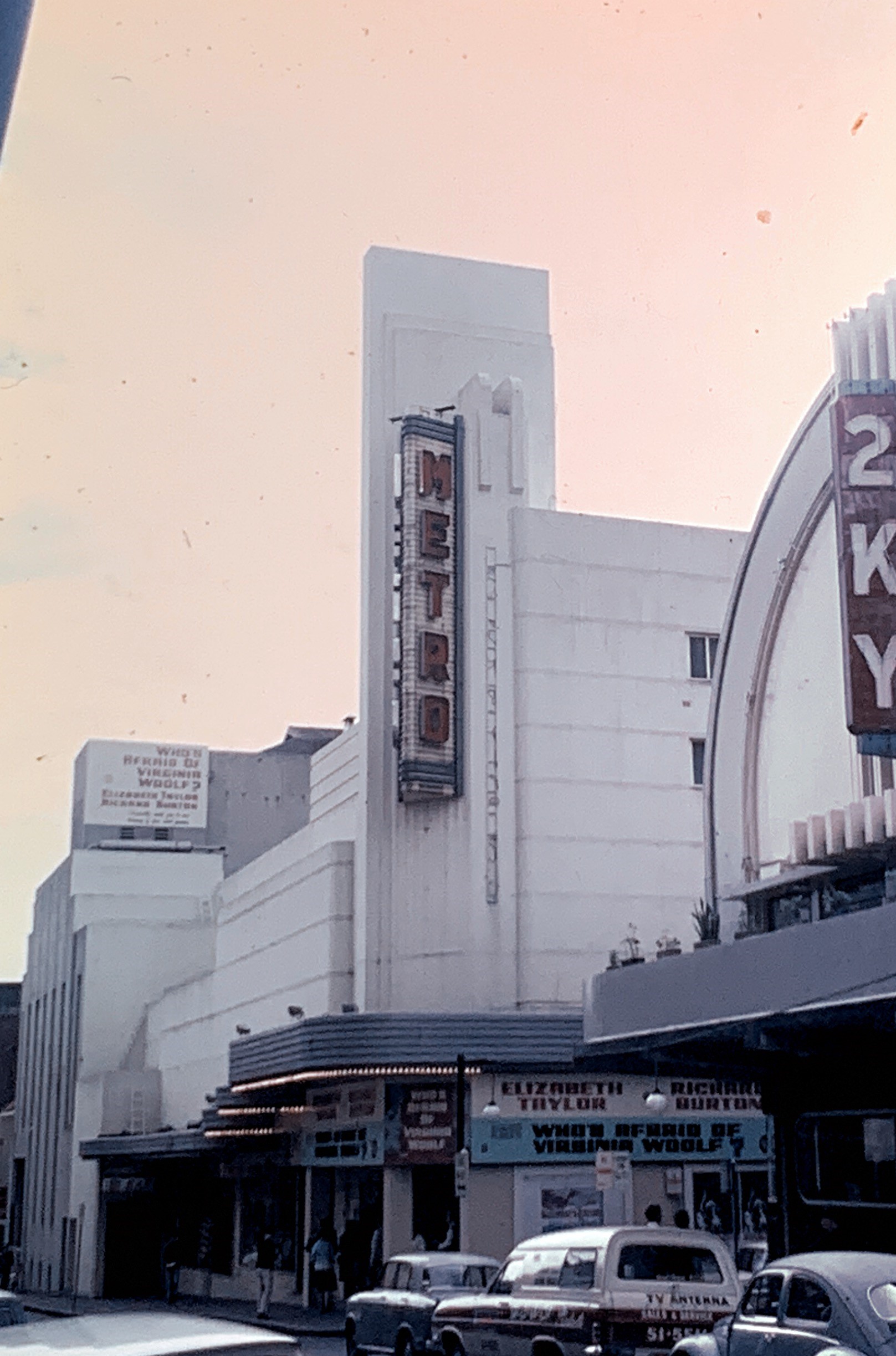
Theatres getting a facelift
The Roxy, this time in Leeton (added to the National Trust Register in 1978)
Leeton may be well-known for its Walter Burley Griffin plan and water towers, but it also houses the Roxy Theatre, a 1930 building described by the National Trust in its original listing card as “a fine looking theatre with an interesting façade”. The theatre has been under threat of demolition as early as the 1970s, but was saved from this fate and survived on to become a State Heritage listed item. The theatre is currently undergoing a redevelopment project led by the Local Council to become “a multifunctional and fully accessible theatre and civic space that honours the building’s special heritage values.”
The Victoria Theatre, Newcastle (added to the National Trust Register in 1979)
The Victoria Theatre in Newcastle is the oldest remaining theatre building in NSW, having been constructed circa 1890. It replaced a former theatre building that was constructed on the same site in 1876. The venue has hosted a huge array of theatre, including silent pictures and vaudeville, and continued as an entertainment space until it closed as a movie theatre in the 1960s. In 2015, it was purchased with the intention of restoring it as a working theatre. Heritage renovations are currently underway, and the oral history project about the history of Newcastle’s Victoria Theatre won the Education and Interpretation category at the 2023 National Trust (NSW) Heritage Awards.
Sydney’s longest-running theatres
Enmore Theatre (added to the National Trust Register in 2019)
An Inner West stalwart, the Enmore Theatre is the longest running live music venue operating in NSW and is of continuing crucial importance to Sydney’s live music industry. In recent years the Enmore has hosted the likes of Bob Dylan, The Rolling Stones, KISS, Harry Styles and of course The Wiggles. Originally built in 1908, the Enmore was originally an unroofed, tin-walled structure, before it was renovated by the Szarka brothers in 1912 to become a closed building with space for audience of 2000 people.
Blacktown Drive In (added to the National Trust Register in 2008)
Now known as the Skyline Drive In, this place may not be a theatre in the typical built form, but it is an incredible historical marker as Sydney’s oldest and last continually operating drive-in theatre. Opened in 1963, this place was part of a popular trend of mid-century drive-ins amongst burgeoning urban sprawl and motor vehicle usage. A visit in 2024 will provide you with a decent dose of nostalgia.
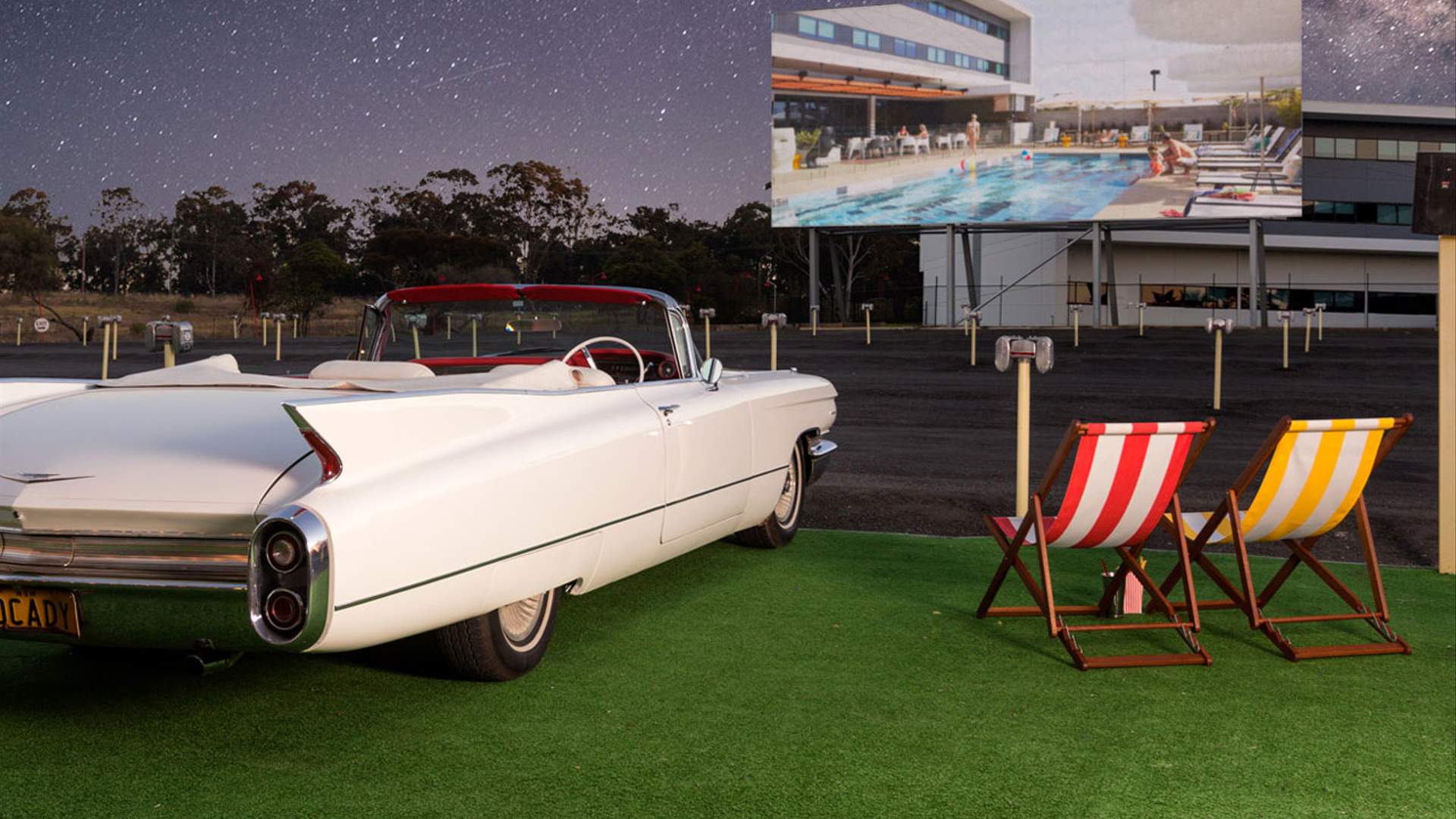
Regional and community theatres
James Theatre, Dungog (added to the National Trust Register in 2000)
Another veteran theatre, the St James in Dungog has been showing pictures since 1912, and is the oldest purpose-built cinema still operating in Australia. Like the Enmore theatre, it was originally open air, but was roofed only a few years after opening. In the 1930s the site was extensively renovated, to accommodate dances and ‘talkies’, into the current Spanish mission style it is known for today. The theatre continues to be used and loved by the local community for a variety of purposes, including film screenings.
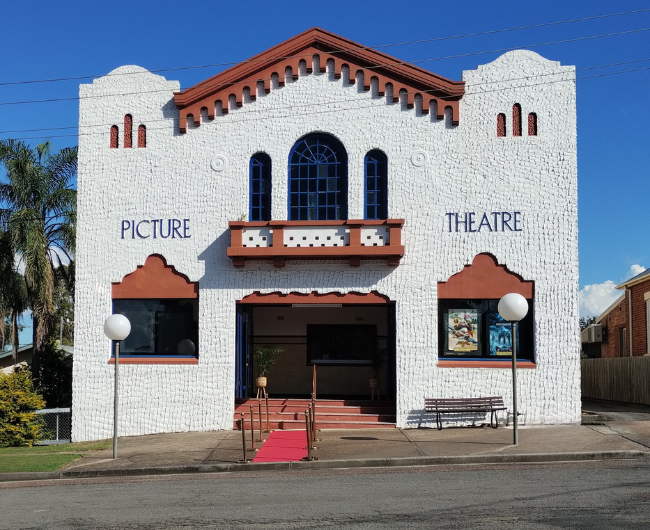
Glen Innes Chapel Theatre (added to the National Trust Register in 1974)
Situated inside a former Methodist Church, this Glen Ines theatre has to be one of the most eclectic in the state. The original rendered brick gothic church building was opened in 1886, with a kindergarten and Sunday School Hall added in the 1920s. The site was purchased and converted by the Glen Ines Arts Council in 1983 and remains a community run institution, with movies, open mics and choir performances amongst its many forms of entertainment.
Theatres gone forever
Elizabethan Theatre, Newtown (1917-1980s, added to the National Trust Register in 1974)
Designed by architect Henry Eli White, who also designed Sydney’s State Theatre and Newcastle’s Civic Theatre, the former Majestic Theatre in Newtown was described on its National Trust listing card as “the last Victorian Style theatre of three tiers in the Sydney Metropolitan Area”. In 1954 the building was leased by Australia’s first national theatre company, the Australian Elizabethan Theatre Trust, who secured and refurbished the premises and renamed it the Elizabethan Theatre. With the opening of the Sydney Opera House in 1973, there was a decline in audience numbers before the building was destroyed by fire in the 1980s.
The Savoy Mecca Theatre, Hurstville (1937-1944, added to the National Trust Register in 1987)
The Savoy Theatre, Hurstville, was opened to much acclaim in 1937. An Art Deco wonder in Southern Sydney when it opened, the building had 1854 seats, a fully fitted stage with flytower and a 10-rank Wurlitzer pipe organ (which was later installed at the Congregational Church in Burwood). Beloved by the local community, the theatre changed hands a number of times and was finally renamed the Mecca. When the theatre closed in 1990, it was marketed as a development opportunity, much to the dismay of the National Trust. Unfortunately, it could not be saved and was demolished a few years later, in 1994.
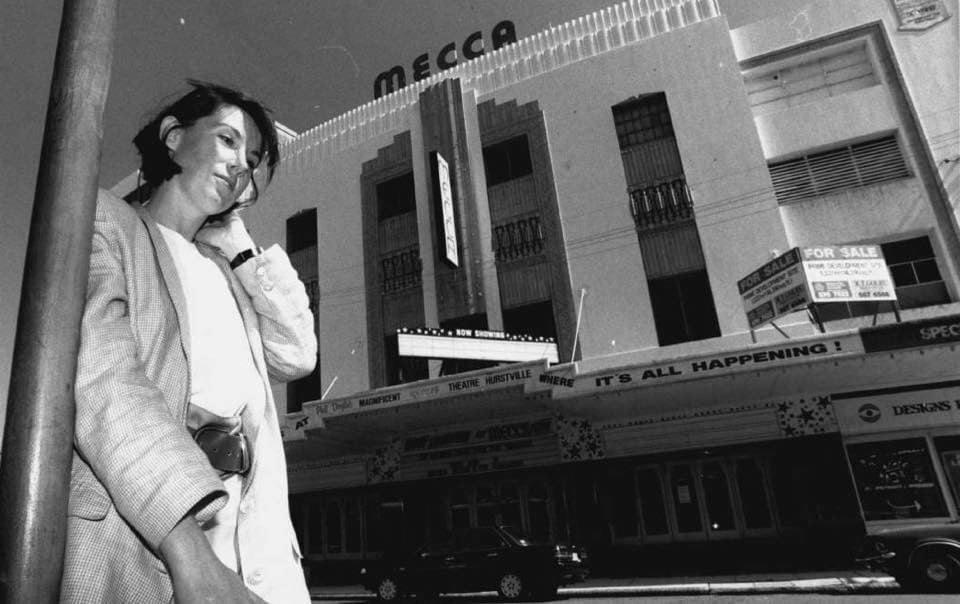
A note on heritage advocacy
Places such as the Savoy Theatre are precisely why the National Trust continues to advocate for the heritage of NSW. Whether it be houses, theatres, parks, landscapes or cemeteries, we believe that the rich heritage of NSW should be conserved and protected for the future. It is now too late for Hurstville’s spectacular Art Deco theatre, and we would like to think that, 30 years on, there would be a different outcome for such an architectural gem in southern Sydney, but experience tells us that our heritage remains under threat and that advocacy is constantly needed.
What is the National Trust Register?
The National Trust maintains a register of landscapes, townscapes, buildings, industrial sites, cemeteries and other items or places which we determine to have cultural significance and are worthy of conservation.
While the National Trust Register has no legal force, it is regarded as an authoritative statement on the heritage significance of a place, and serves as an early, non-statutory warning that it should be conserved. Often a listing can lead to legislated heritage protection by gathering important evidence for the historical record, which is ready to hand when challenges arise. Find out more about the National Trust Register.
Is your property eligible for listing?
If you would like to research a listed property, help update the information for your property, or suggest a property for future listing, contact the National Trust’s advocacy team at advocacy@nationaltrust.com.au
If you’d like to stay up-to-date on the latest National Trust (NSW) news, events and special offers, subscribe to our free monthly newsletter.

 Twitter
Twitter Facebook
Facebook Linkedin
Linkedin Email
Email
If you think destruction of historical buildings in NSW is bad, come to Queensland!
The rot started under the reign of insidious Bjelke-Peterson.
I’d like to suggest Mt Vic Flicks be added to the list of heritage cinemas. Shows all the best films.
Hi Christine – thank you for bringing this heritage theatre to our attention! We have checked and can confirm that Mount Vic Flicks is listed on the National Trust of Australia (NSW) Register.
Hi Charlotte – just wondering if the cinema at Collaroy will be added to the list ?
It has an iconioc art deco facade and was opened in 1938 and has been showing movies for the coimmunity to enjoy for years.
Would be great to add this one to the collection !
Hi Diane! The Collaroy Theatre is not yet listed on the National Trust Register, and is definitely worth investigating. What a beautiful theatre – and thank you for the recommendation.
Did you know that it’s the centenary year of the Amusu Theatre in Manildra? One of my all-time favourites!
Hi Judith – thank you for letting us know about the Amusu Theatre! This gorgeous one is also not yet listed by the National Trust, and will look into this theatre as well.
The Roxy Theatre in Nowra is a great example of Art-Deco architecture. I am not sure if it is heritage listed but it certainly should be. Even the footpath in front of the Theatre is laid in art-deco patterns and painted appropriately. As far as I am aware the Theatre is still operating.
Hi Robert! The Roxy is heritage listed by Shoalhaven Council on the Local Environment Plan, which is good new. However, we don’t yet have it on the National Trust Register, so is certainly another one to investigate for listing. Thank you for bringing it to our attention.